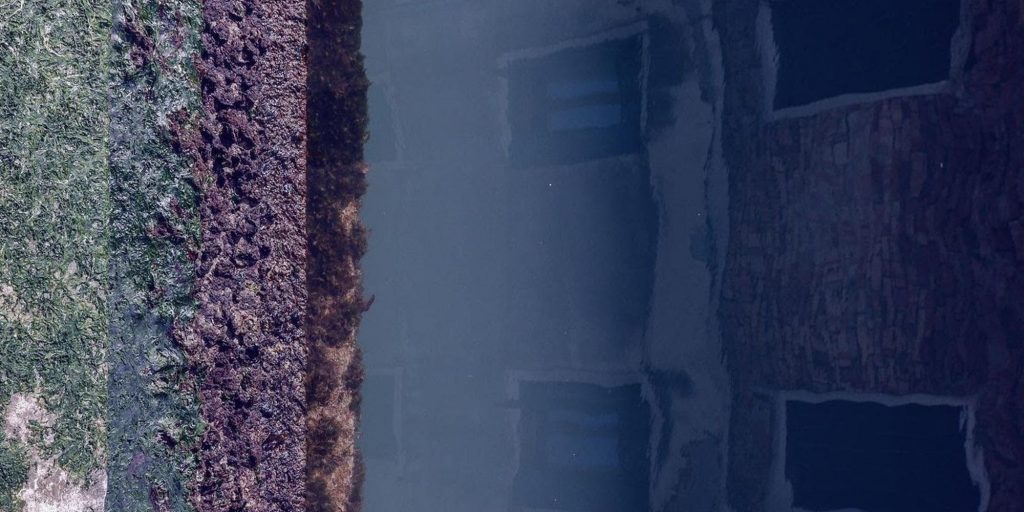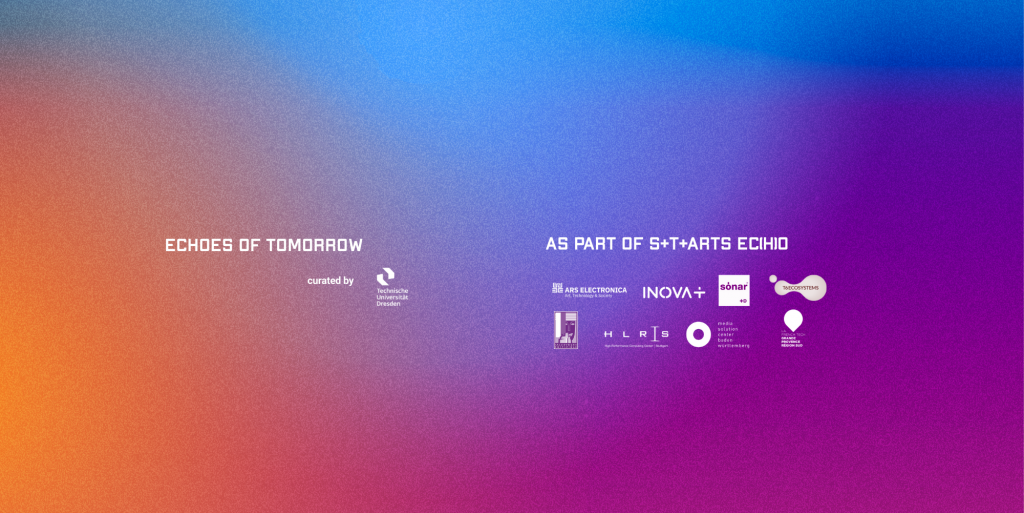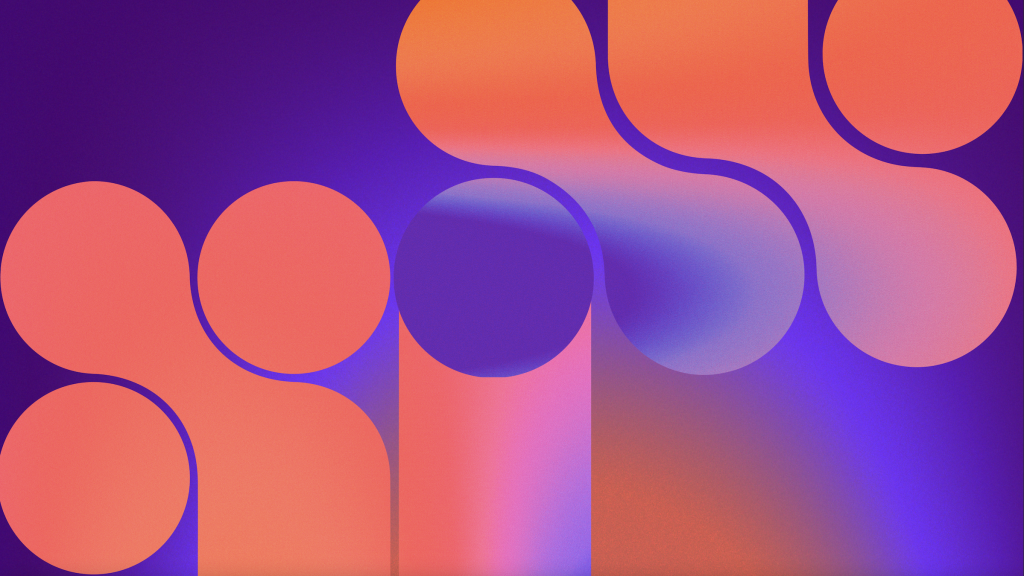S4W Open Call Challenge
The Future of High Waters
Nature-based Solutions for the Venetian Lagoon
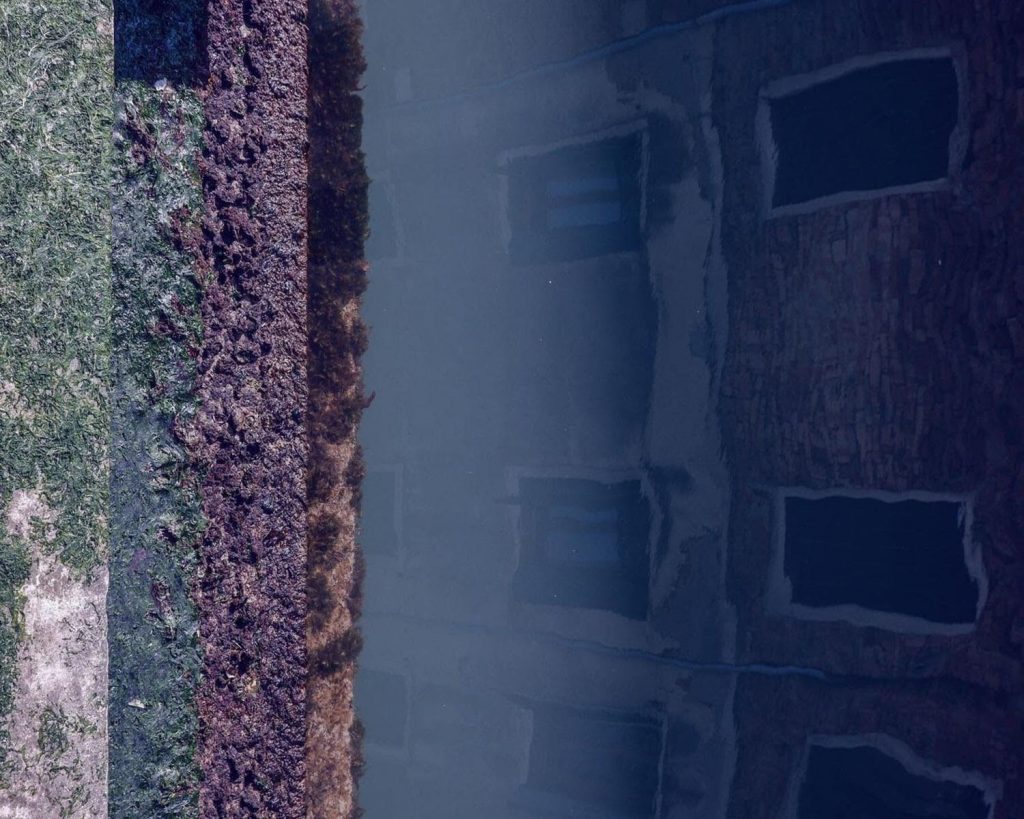
Host / Region

TBA21–Academy – VENETIAN LAGOON
Abstract
This residency explores nature-based solutions for the regeneration of the Venetian Lagoon.
Keywords
salt marsh and wetlands restoration, reedbeds, ecosystem regeneration, ecology, magic, kinship, multispecies collaboration, speculative mapping
Description of the regional challenge
How can art and technology help us understand Venice’s future relationship with the water that surrounds and permeates it? Exploring nature- based solutions for salt marsh restoration and ecosystem regeneration, this challenge investigates new ways of thinking and sensing the watery worlds that constitute the Venetian ecosystem, based on multispecies collaboration, kinship, and care. In the spirit of the UN’s Sustainable Development Goal 14: Life Below Water, the challenge strives to promote the reintroduction of sustainable practices, community-led initiatives and artistic research, exploring the possibilities of bringing nature-based and technological approaches into a shared space of coexistence and collaboration. In the spirit of the UN’s Sustainable Development Goal 14: Life Below Water, the challenge strives to promote the reintroduction of sustainable practices, community-led initiatives and artistic research, exploring the possibilities of bringing nature-based and technological approaches into a shared space of coexistence and collaboration.
Region information
The Venetian Lagoon is the largest wetland in the Mediterranean Basin, consisting of approximately 8% land and 92% water and wetland.
How is the mission S+T+ARTS driven?
This challenge strengthens collaborative practices between art and science to develop more creative
and sustainable ways of engaging with the Venetian Lagoon’s local environment. The Future of High Waters explores the hydrodynamics of the Venetian Lagoon. Supported by artistic, scientific, and technological inquiry into nature-based solutions, it investigates how technology can be harnessed as a collaborator rather proposed as a solution.
Artists-in-residency
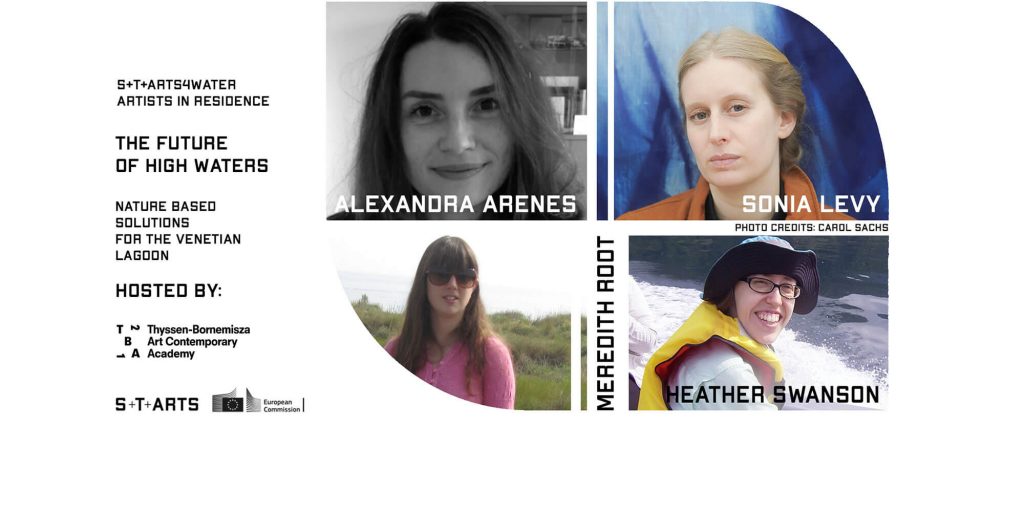
Sonia Levy‘s research-led practice considers shifting modes of engagement with more-than-human worlds in light of prevailing Earthly precarity. She is a 2021 commissioned artist at Radar Loughborough and Aarhus University. She has exhibited internationally, including shows and screenings at Centre Pompidou, Paris; Musée de la Chasse et de la Nature, Paris; Muséum d’Histoire Naturelle, Paris; ICA, London; and BALTIC, Gateshead.
Heather Anne Swanson is Associate Professor of Anthropology at Aarhus University, and Director of the Aarhus University Centre for Environmental Humanities. She is a founding member of the Aarhus University Research on the Anthropocene group. She has a long-standing interest in more-than-human relations of fish, rivers, and oceans.
Meredith Root-Bernstein is a CNRS research scientist based at the Natural History Museum in Paris. An ecologist by training, she researches ecological, social and multispecies aspects of restoration ecology, rewilding, and conservation.
Alexandra Arènes is an architect at S.O.C (Société d’Objets Cartographiques) and a doctoral researcher at the University of Manchester, focusing on the impact of the Anthropocene on landscape studies. She designed the installation ‘CZO space’ at the ZKM Museum, Karlsruhe, for the exhibition Critical Zones. Observatories for Earthly Politics, andco-authored Terra Forma, manuel de cartographies potentielles.
Artists’ statement
Our project explores Venice from below, to imagine new ways of thinking and doing futures and relationships with the wetlands that surround the city. Departing from Venice’s grand historical narratives promoting the actions of “great men”
and approaches to world-making grounded in expansions, we seek to engage the city from its worlds below the waters, shifting perspectives and broadening understandings of who makes history, including more-than-human entities and processes. Through speculative mapping, ecological field methods, and underwater filmmaking, we probe ecological transformations, the specific bio- geomorphological processes that one sees when one looks underwater. By starting from a below perspective, we also bring attention to often overlooked ways of knowing and being in the Venetian lagoon. Within the everyday lives of the lagoon are the already existing seeds of other possible solutions to its struggles. Our work seeks to foster new arts of noticing that might make some of these insights more visible.
Residency support network
Statements from Local Experts
“It is very exciting for We are here Venice to be working on the S+T+ARTS4Water project with TBA21–Academy. Our intention is to provide useful and accurate information about the realities of Venice’s lagoon system and we are expecting to receive original, inspirational outputs from participating practitioners. We look forward to learning more from the dialogues and plan to use this project to strengthen WahV’s engagement with communities as we work to articulate new approaches to building a better future for Venice.” Jane Da Mosto (environmental scientist and activist based in Venice, co-founder of the NGO We are here Venice)
